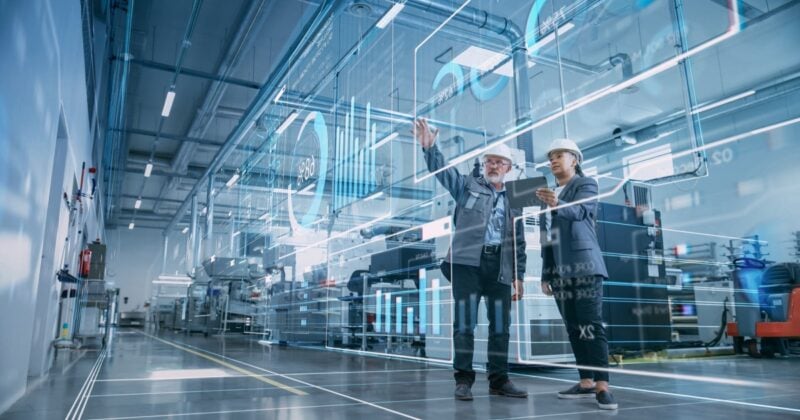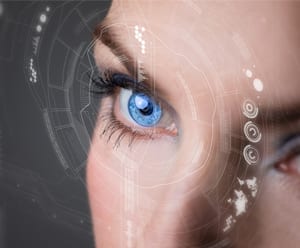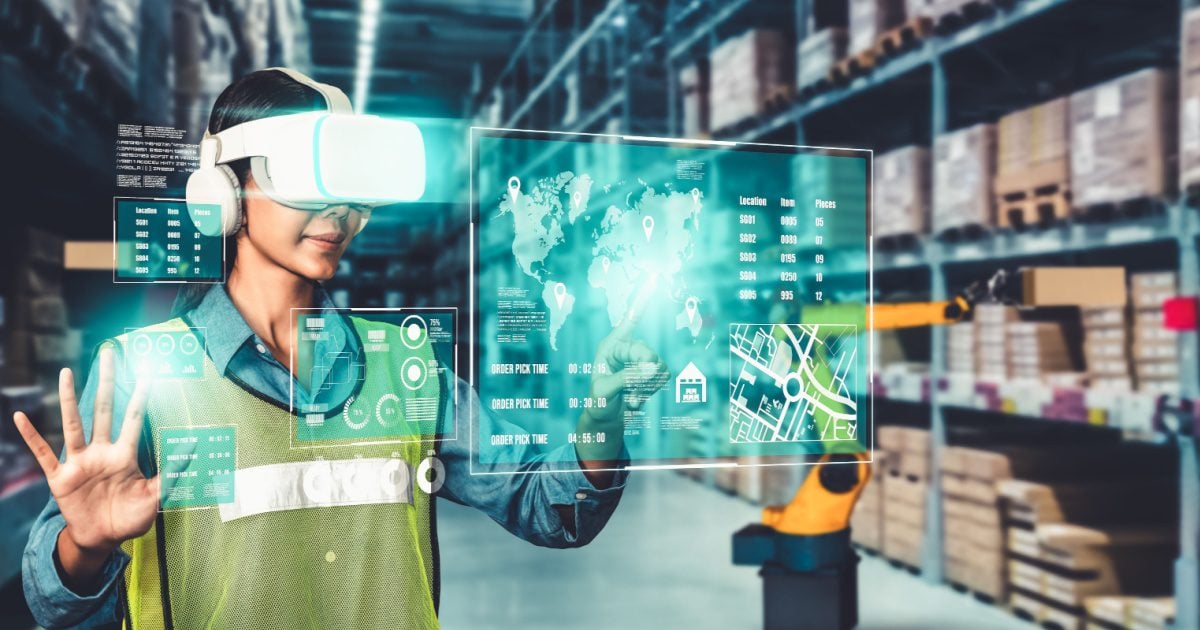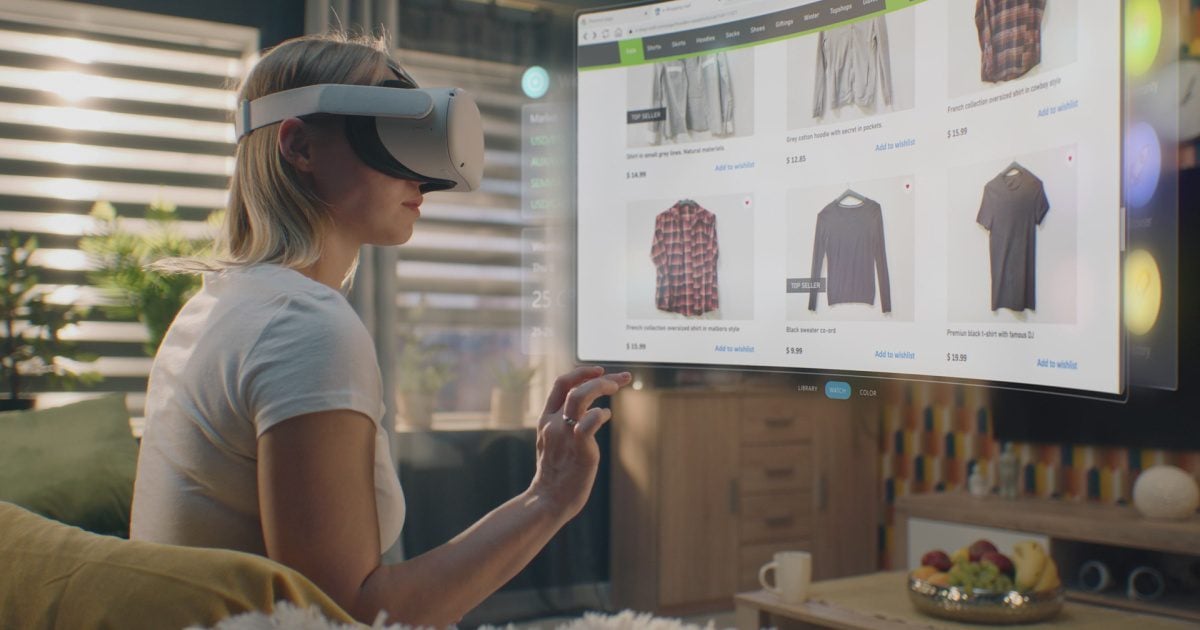
Augmenting the industry through the AR lens

Marvel fans who are familiar with its pivotal character Iron Man will recognize Tony Stark’s artificial intelligence (AI) assistant, J.A.R.V.I.S. Combining an array of cutting-edge technology, J.A.R.V.I.S. can overlay information and digital elements in the physical world to help the superhero with his tactical decisions.
While J.A.R.V.I.S. is fictional, reel life is fast becoming real life, thanks to the incredible advancements in augmented reality (AR) technology. Many tech giants, including Google, Apple, Meta, and Microsoft, are at the forefront of this revolution, developing AR-enabled devices that are available to the public.
Wearable devices, such as smart glasses or headsets, provide users with an interactive and immersive experience. As AR becomes more widely available, its applications are transforming various industries, boosting efficiency, precision, and collaboration in logistics, supply chain, and business operations.
Enhanced Warehouse Operations
While warehouses are impressive in their capacity to hold the sheer volume of goods, the challenge of managing them efficiently for humans is equally huge.
Today, with real-time visualization, AR transforms warehouse layouts into dynamic, interactive spaces. With wearable AR devices, warehouse operators can view digital overlays of inventory locations and optimized pathways, aiding in more efficient navigation and layout planning. This capability reduces the reliance on traditional, hand-held documents and enhances overall productivity.
In 2015, DHL Supply Chain launched a pilot test using “vision-picking” smart glasses that guide staff through the warehouse. The pilot demonstrated a 25 percent increase in efficiency and DHL has since implemented this new technology to enhance its warehouse operations.
Since 2019, Coca-Cola has also utilized smart glasses in its warehouses, resulting in a 6-8 percent improvement in picking performance and achieving 99.9 percent accuracy.
With integrated cameras, operators can instantly scan the barcode of the item they are handling, reducing the need for other handheld devices. Some AR wearables also offer voice-controlled assistance, allowing operators to access crucial instructions and communicate with colleagues while handling inventory.
Visualizing the supply chain
Beyond the confines of warehouses, AR technology also has a profound impact on the whole supply chain and its management. Supply chain managers can leverage AR technology to visualize the entire network, identifying potential bottlenecks and optimizing routes in real-time.
This is made possible by AR's ability to simulate various logistics scenarios in real-time, taking into account factors like traffic congestion, supply chain disruptions, or changes in demand. By providing immediate insights and guidance, AR enables managers to predict outcomes and make informed decisions.
This holistic view of the supply chain enhances decision-making processes and allows for quicker adjustments in response to disruptions. This proactive approach not only improves efficiency but also builds a more resilient supply chain capable of adapting to unforeseen challenges.
Training and remote collaboration
Another exciting capability of AR technology is its use in employee training and remote collaboration. Traditional training methods often rely on textbook simulations that are difficult to visualize in real-life scenarios, but AR makes it easier by immersing learners in the experience. With AR technology, the learning curve can be accelerated as employees learn complex processes by interacting with virtual objects and tools.
For instance, in logistics, new hires can be guided through warehouse operations using AR overlays that provide step-by-step instructions. The technology ensures warehouse operators are efficient and error-free in the picking process. Additionally, AR can be used to refresh training for existing employees, ensuring that skills remain sharp and up-to-date with changes.
It is particularly valuable in the study of body organs and their structures, enabling users to view layers and details that would be impossible in real life. Many medical institutions are also employing AR technology in their teaching to create immersive surgical simulations—a task that requires high levels of skill and precision.
Customer engagement and sales
AR technology goes beyond internal operations, it has the potential to reshape the future of product sales.
Visualize how a piece of furniture would look in your home before buying or virtually try on clothes to see how they fit in real life - these are just a few ways AR is transforming product interaction. As we move into the age of e-commerce, this capability is more important than ever, enabling consumers to make purchase decisions from the comfort of their own homes.
Building on this trend, many consumer goods companies have developed innovative solutions to drive customer engagement. Apple adapted to the challenges of the Covid-19 pandemic by using AR to showcase their products to customers who are shopping from home. Beauty companies like L’Oreal have also found a way to let customers test their products by creating virtual try-on experiences powered by AR technology.
At post-sales, AR can take customer support to the next level by offering interactive user manuals and troubleshooting guides. With this self-service feature, companies can save both time and costs by reducing the need for support staff, while boosting customer satisfaction.
Reality check
While the future of AR technology in business operations is bright, its widespread and extended use also raises concerns that must be addressed. Prolonged use of AR devices, particularly wearables such as smart glasses, can lead to headaches, eye strain, and fatigue.
Additionally, there are also concerns over safety risks if employees become too reliant on these devices and fail to stay fully aware of their physical surroundings. It will be a challenge for AR developers to address these concerns and implement guidelines for responsible use.
Another challenge for the future of AR technology is the expectation for more "incognito" devices - those that are smaller, more discreet, and seamlessly integrated into everyday attire. Devices that are less noticeable and more comfortable for users will enable AR technology to penetrate even further into everyday operations.
In reality, AR is rapidly bridging the gap between science fiction and real-world business operations. From improvements in efficiency and accuracy, to visualizing and optimizing complex networks in real time, AR is poised to enhance resilience and enabling proactive decision-making. But to do so, its implementation needs to be balanced with thoughtful consideration of health, safety, and user experience.
ALSO WORTH READING















 English
English